How I came to the body components
1. introduction: The start of the search
What was the trigger?
When I started building my Ford GT40 MKIV, I knew that the body panels would be one of the biggest puzzles of the whole project. The MKIV is a car that has a very distinctive shape and is very different from its MK I and MK II predecessors. So for my replica build, the right body parts are crucial to make the car look authentic. It was clear to me right from the start that I would face many hurdles in my search for parts that were true to the original – and that turned out to be true.
The challenge:
The body of a classic racing car like the GT40 is not easy to find. As this car is a model that was developed more than 50 years ago, there are only a few suppliers who supply original parts. And even when you do find them, they are usually extremely expensive or simply no longer available. So I had to find a way to get body parts that were both high quality and realistic without breaking my budget.
2. research and first attempts
How did I proceed?
About 12 years ago, there was a brief glimmer of hope: a friend from the USA imported a kit and wanted to sell it as a European dealer. But tragically he died in an accident, and for me the subject seemed a long way off again. When I was finally ready to contact the kit manufacturer Fran Hall from RCR (Race Car Replicas) in the USA, I found out that he was no longer allowed to sell the body parts due to an ongoing legal dispute.
Weighing up the options:
At first it looked as if there would be no way of getting hold of the parts. But then I came across an interesting twist: RCR was sourcing its parts from another supplier – a certain Gregg Sidoti from New York. Even more intriguing, he was also active on the same forum I’ve been a member of for over 20 years – GT40s.com. This discovery was a game changer.
3. the breakthrough: success story
After learning that Gregg Sidoti was the original supplier of the body parts, I contacted him directly. It turned out that Gregg had a fascinating story to tell: almost 30 years ago, he came across original spare parts from the No. 4 factory car at a Shelby dealer. Without hesitation, he acquired these parts, which were like a piece of motorsport history for me.
But that’s not all – Gregg was clever enough to make a set of molds from these original parts. He later used these molds to reproduce the body parts that would now make my project possible. It was as if a door had opened that had previously been closed. And when he finally offered to sell me the original parts, it was a moment for me that took the whole project to a new level.
4. procurement and first impressions
Shipping the parts was a particular challenge. Gregg, as an experienced lawyer, had the contacts and knowledge to organize the process, but I had to step in with practical details such as procuring the right impregnated wood for the huge transport crate. Together we found a solution and finally everything was ready for transportation from New York. Of course, this involved a lot of paperwork with the shipping company, customs, etc.
When the box arrived, it was a moment full of excitement. The sheer size and weight already gave me an idea of what was to come. In the end, the process went without a hitch and when I opened the box, the first glance far exceeded my expectations.
5. the quality of the parts
The body parts that I have received undoubtedly bear the hallmarks of their time. From today’s perspective, they appear imprecise and heavy. With modern manufacturing methods, they could be produced more precisely and, above all, much more easily. But the special thing about these parts is not their perfection, but their history.
These parts were manufactured under the conditions of a racing team that was working with almost unlimited financial resources – but also under enormous time pressure. There were only a few months between the 24 Hours of Le Mans races in 1966 and 1967 to develop and build these cars. The precision of the GRP parts was not a priority at the time. What mattered was functionality: a racing car that would win not because of its looks, but because of its speed and reliability.
For me, that is precisely the core of their significance. These parts bring a piece of the incredible time and spirit that prevailed back then into my car. Each component tells its own story, and this story becomes part of my project.
6 Reflection: What I have learned
The path to the body parts was anything but easy, but that’s what made it exciting. Looking back, I realized how important perseverance and the right contacts are. Without the support of Gregg Sidoti and the long-standing connections in the forum, I would probably never have got the parts.
The practical challenges – from finding the right wood for the transport crate to organizing the transport – also demanded a lot from me. But in the end, every effort was worth it.
This stage of my project shows me that it’s not just the parts themselves that matter, but also the story behind them. It is these small successes and encounters that make building my GT40 MKIV something very special.
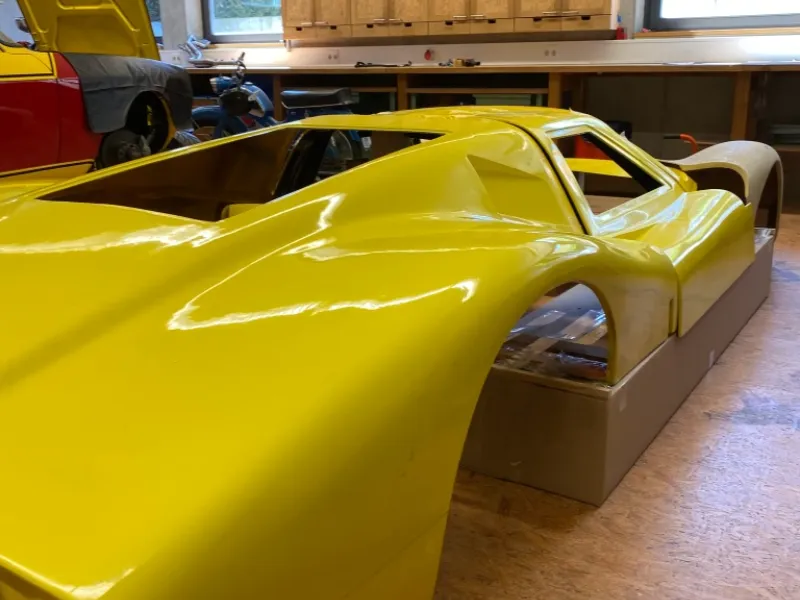

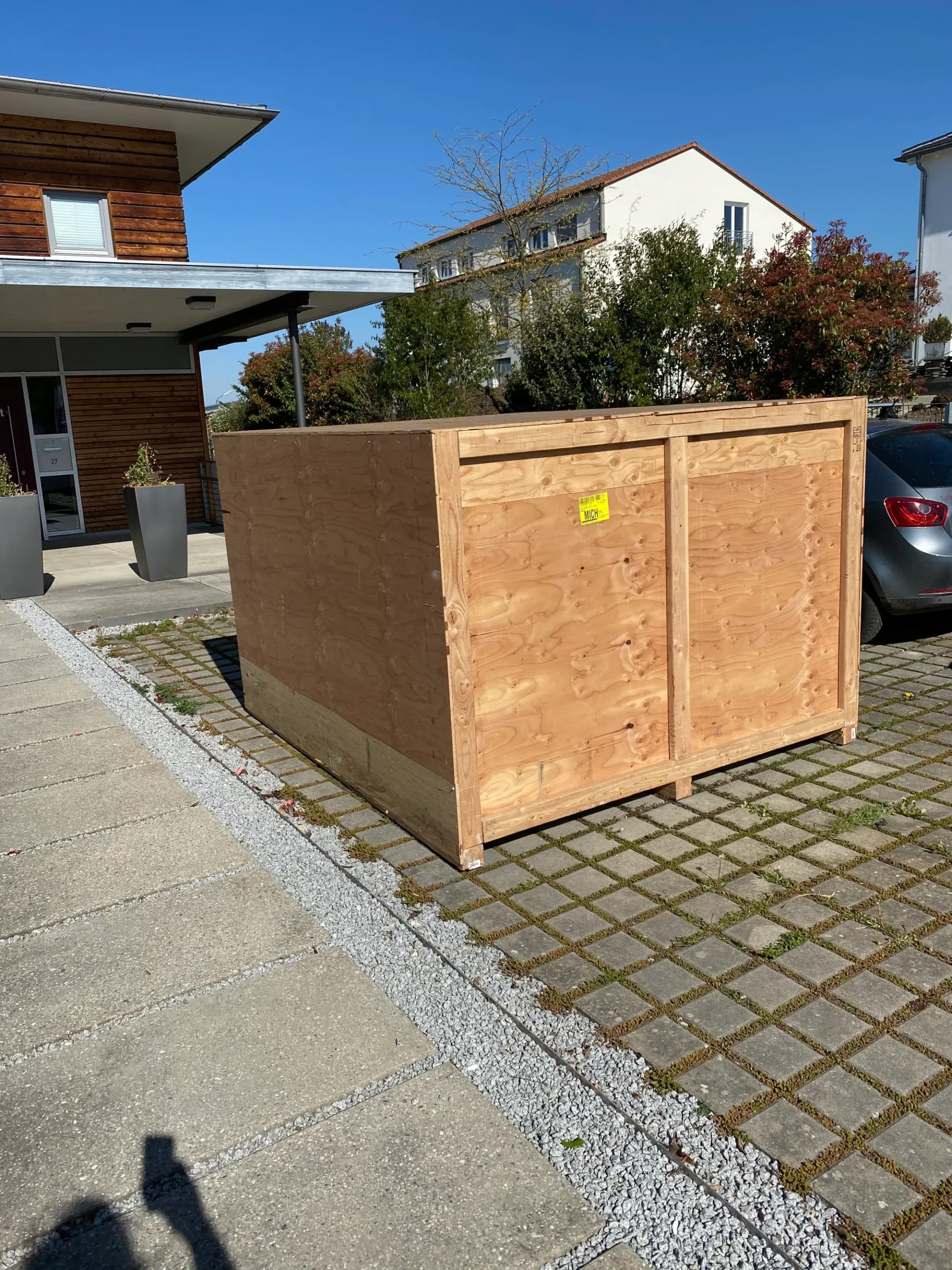
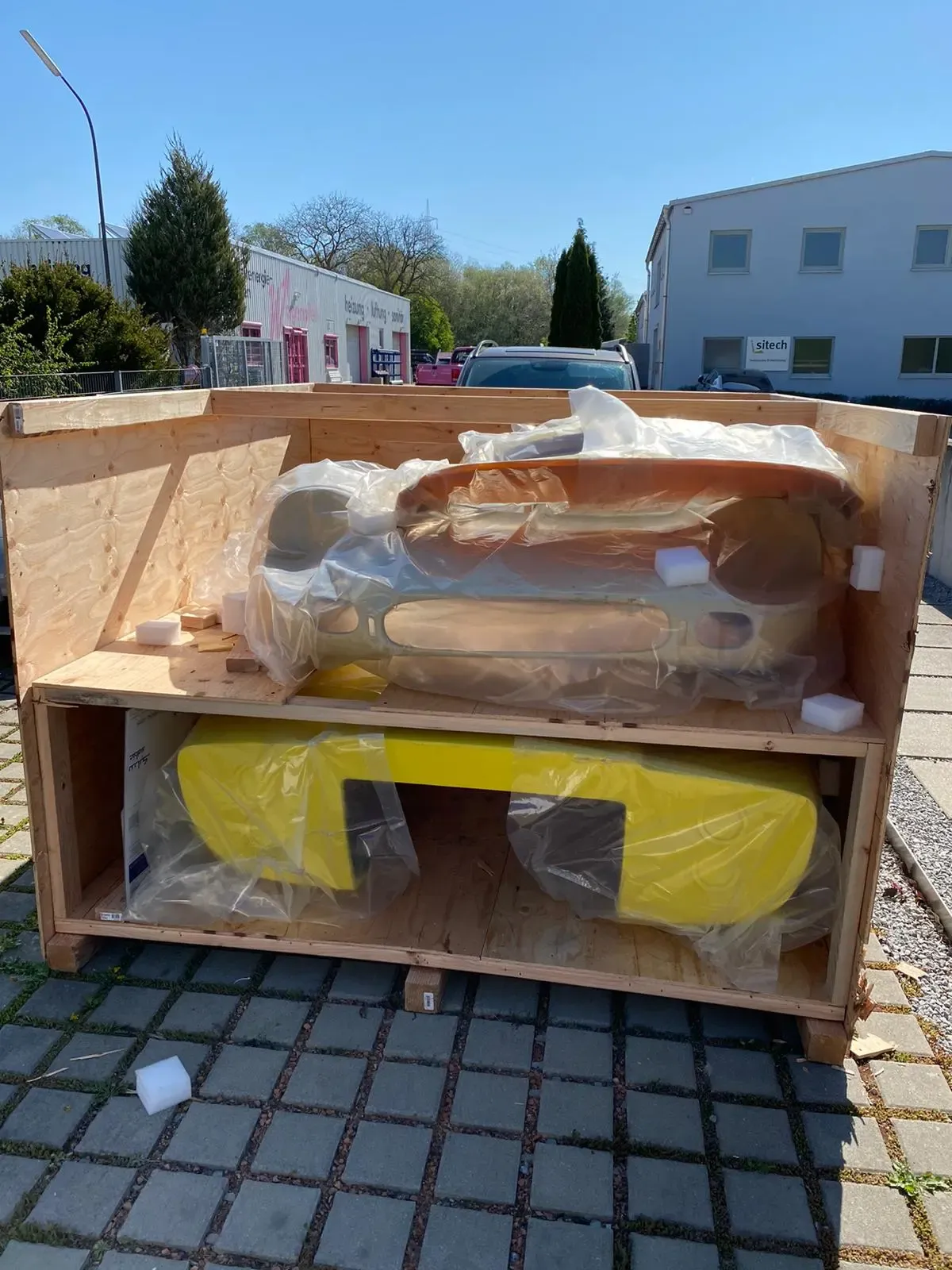
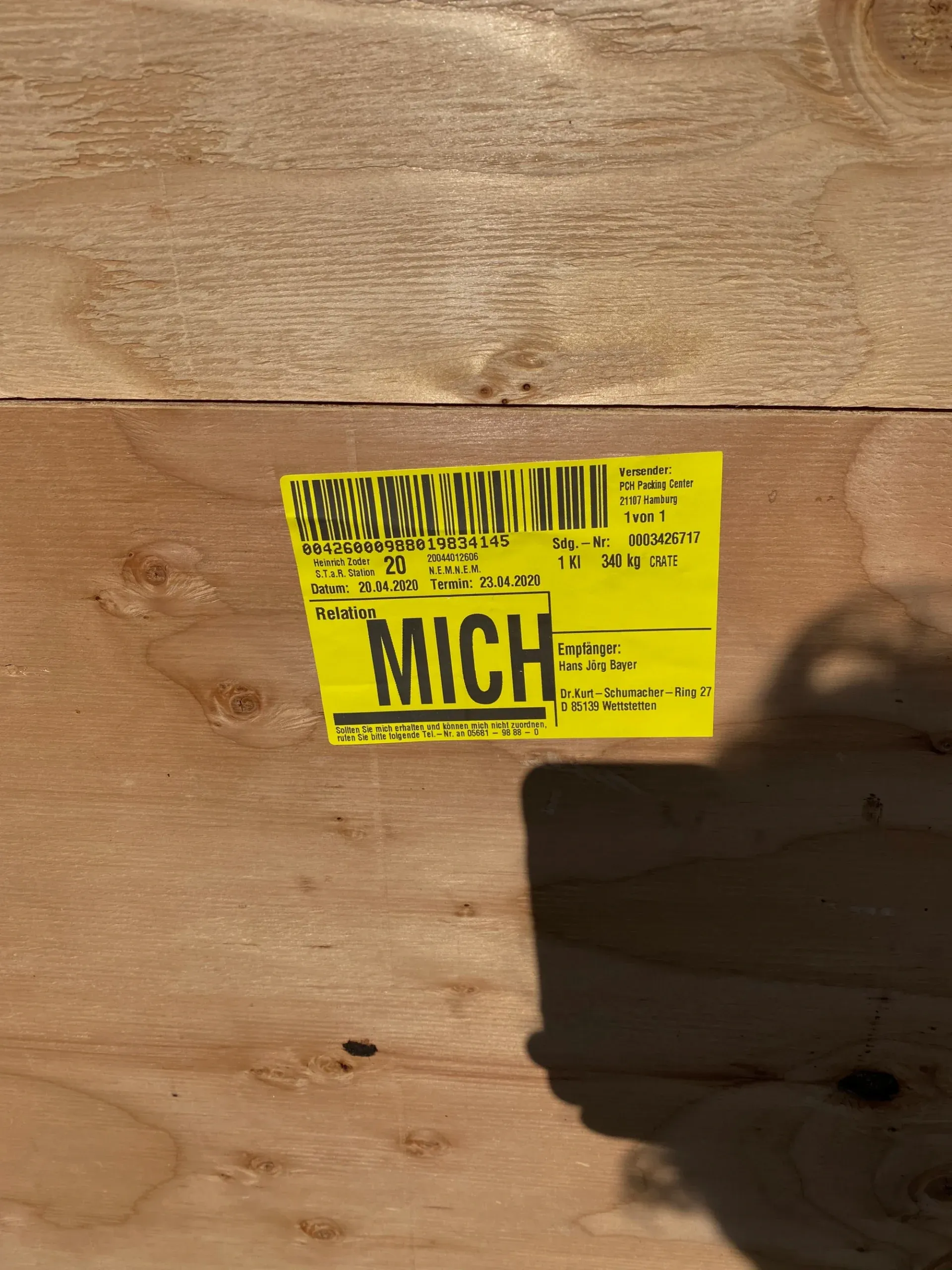
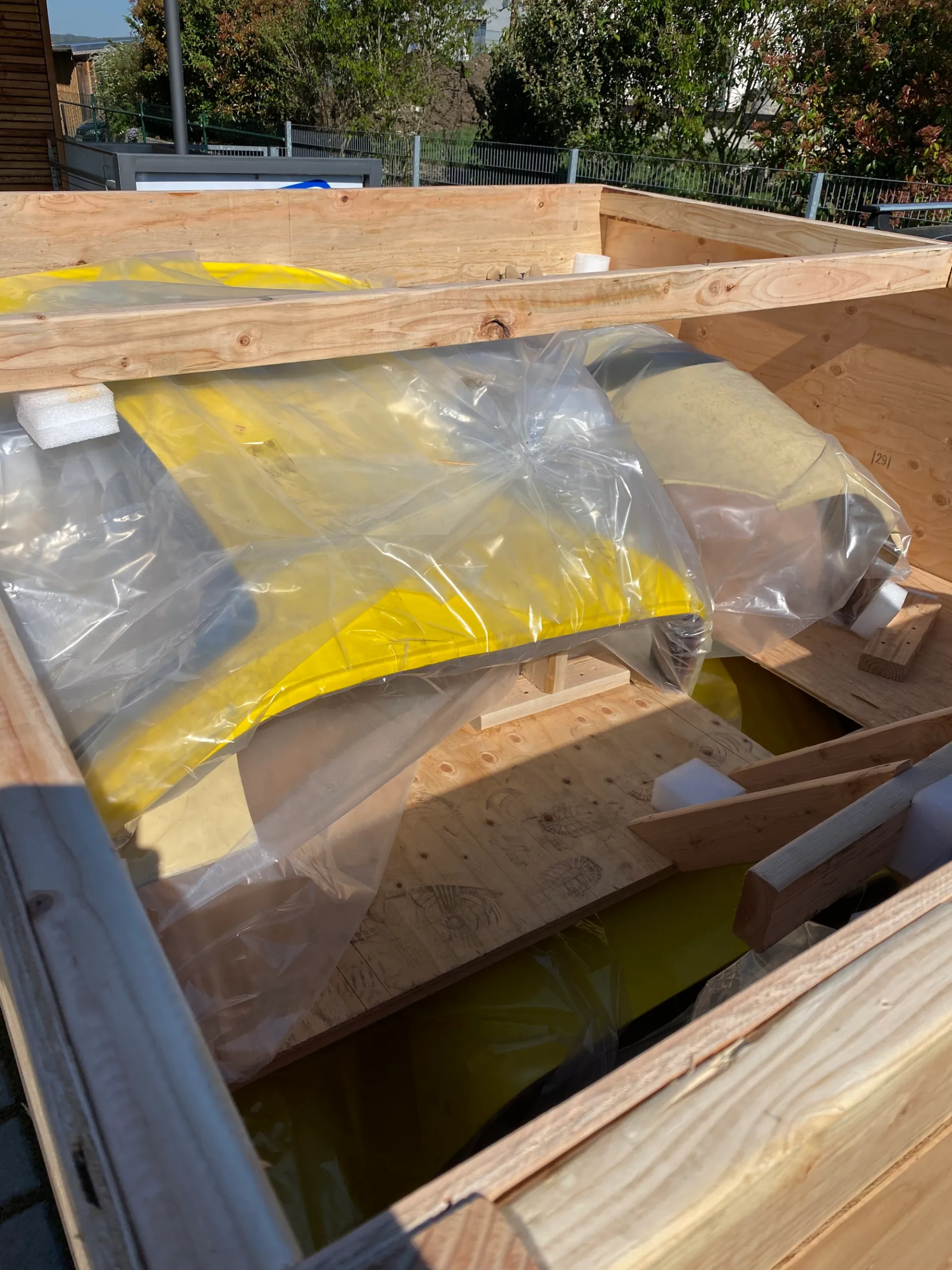
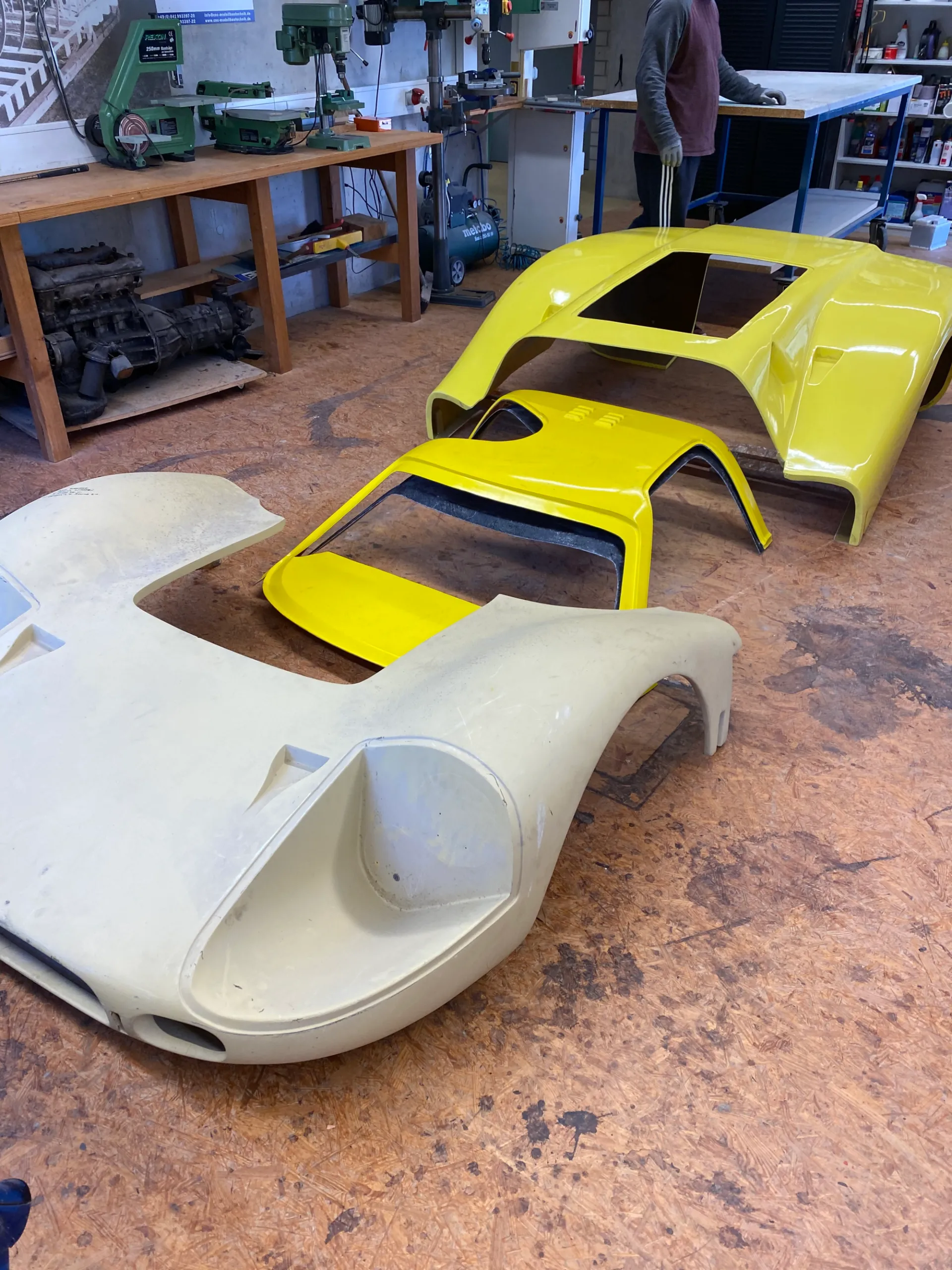
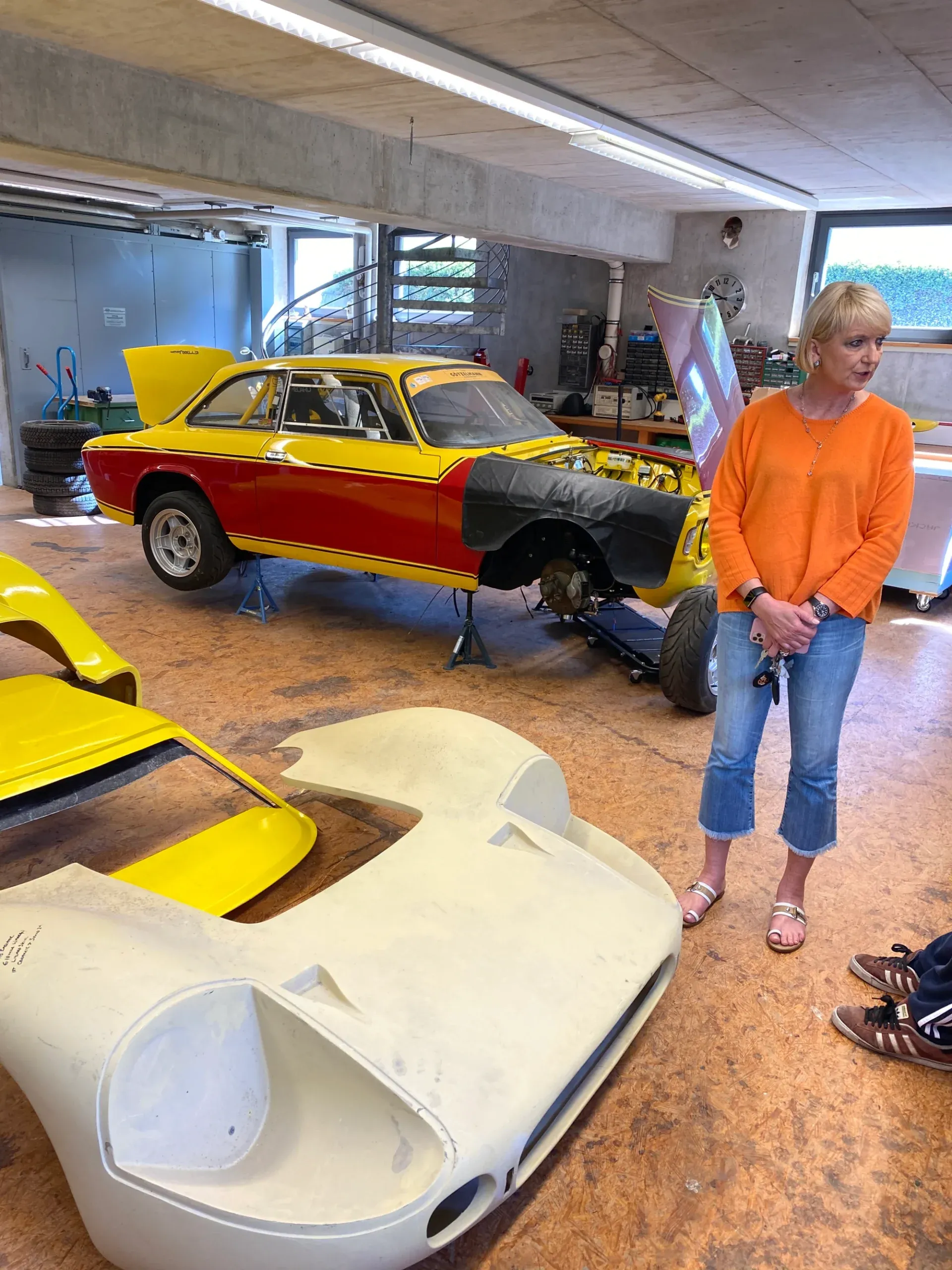
Leave a Reply
You must be logged in to post a comment.